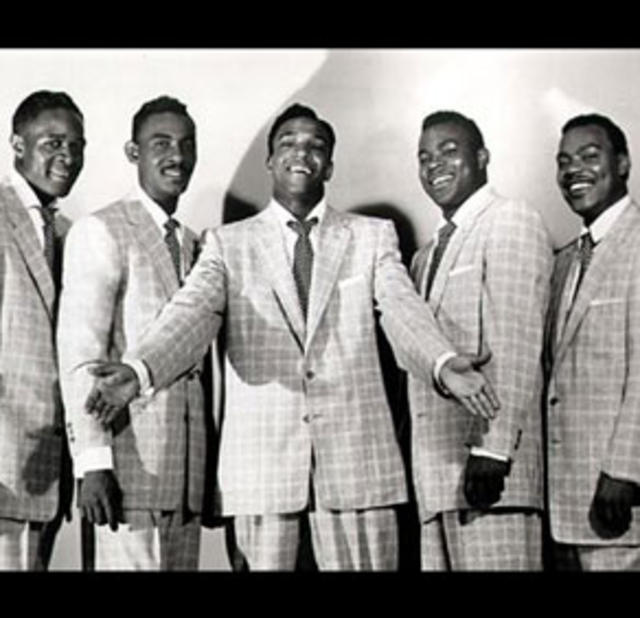The Drifters

The Drifters served to link Fifties rhythm & blues with Sixties soul music. They epitomized the vocal group sound of New York City. Theirs was the sweet but streetwise sound of R&B suffused with gospel influences. The material the Drifters recorded came from a variety of sources, including the songwriting teams of Jerry Leiber and Mike Stoller, Doc Pomus and Mort Shuman, and Gerry Goffin and Carole King. All were New York-based songwriters who wrote evocatively of romance and everyday life in the big city, and the Drifters made an ideal vehicle for the convincing delivery of such scenarios. The records they cut with Leiber and Stoller (who doubled as producers) introduced the sound of strings and Latin-tinged rhythms into the vocabulary of popular music.The name "Drifters" was chosen by Clyde McPhatter, the honey-voiced singer who was the first in a long line of lead voices. He could not have chosen a better name, as members drifted in and out of the band from the very beginning. The Hall of Fame inductees span the group's history: McPhatter, Ben E. King, Rudy Lewis, Johnny Moore, Bill Pinkney, Gerhart Thrasher and Charlie Thomas. All the same, a consistent high standard was maintained throughout the Drifters' recording career on Atlantic Records, which lasted from late 1953 to early 1966. During that time, they cut numerous records that stand as milestones of sweet soul music.So important were the Drifters to Atlantic Records that label cofounder Ahmet Ertegun proclaimed them "the all-time greatest Atlantic group." They had Number One singles with three different singers – McPhatter, Moore and King - which must stand as some kind of record. The era of Clyde McPhatter and the Drifters, which lasted only from 1953-4, yielded "Money Honey" (a Number One R&B hit), "Honey Love" and "White Christmas." Their groundbreaking doo-wop version of the latter song remains second only to Bing Crosby's in popularity. Thereafter, McPhatter served a hitch in the army and then embarked on a solo career on Atlantic. With Ben E. King as lead vocalist, the Drifters began working with Leiber and Stoller in 1959. The first fruit of their union was "There Goes My Baby," a pop-R&B classic with a swirling string arrangement and a "baion" rhythm borrowed from Latin sources. Other hits of the King era include "Save the Last Dance for Me," the Drifters' only single to top both the pop and R&B charts, and "This Magic Moment." King, too, departed for a solo career, recording "Spanish Harlem" and "Stand By Me," both of them soulful classics that have stood the test of time.King was replaced by Rudy Lewis, who fronted the group for its third million seller, "Up On the Roof," in 1962. It was followed by "On Broadway," another New York-based slice-of-life sung with great feeling by Lewis and set to a daringly theatrical arrangement. Just as the Drifters were finally beginning to enjoy sustained musical success, Lewis died of a drug overdose in 1964, and once again the group lost a magical voice. Johnny Moore, who had sung with an earlier version of the Drifters, stepped in and the group immediately cut the classic best seller "Under the Boardwalk." Such resilience was typical of the Drifters, verifying the great store of soul and conviction within them that was evident from their recordings.